Creating an art space for kids is a wonderful way to foster their creativity and provide them with an outlet for self-expression. Here are some tips to help you set up a captivating and inspiring creative corner for your little ones.
Table of contents
- Introduction
- Understanding the Importance of an Art Space
- Choosing the Right Location
- Essential Art Supplies
- Organizing and Storing Art Supplies
- Creating a Child-Friendly Workspace
- Incorporating Inspirational Decor
- Safety Considerations
- Encouraging Creative Exploration
- Making Art a Regular Habit
- Maintenance and Cleanup
- Conclusion
- Frequently Asked Questions
Introduction
Welcome to the world of creativity and self-expression! Fostering artistic endeavors in children is not only a delightful experience but also crucial for their overall development.
By creating a dedicated art space for kids, you can provide them with a nurturing environment to explore their imagination, develop fine motor skills, and express their emotions. In this blog, we will explore the importance of an art space, discuss essential supplies, offer tips on organization and safety, and provide guidance on how to encourage creative exploration. Let’s embark on this artistic journey together!
Understanding the Importance of an Art Space
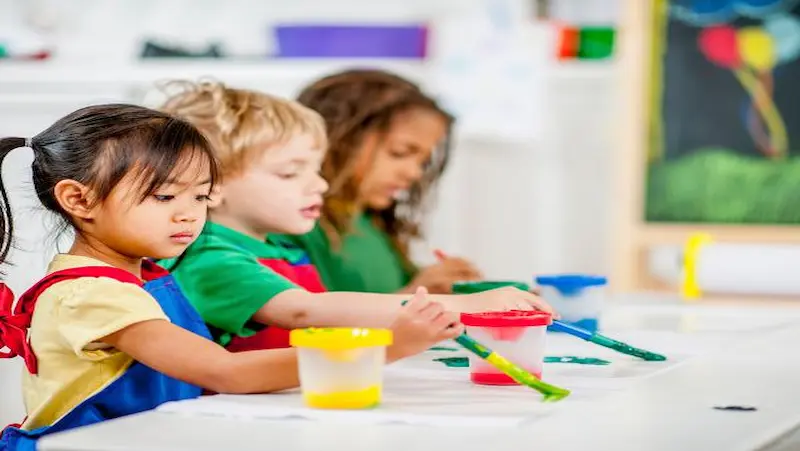
Having a designated art hub for kids area for kids offers numerous benefits. It serves as a sanctuary for self-expression, encourages imagination, and fosters skill development. Art allows children to communicate their thoughts and emotions in a visual and tactile way. It also enhances their problem-solving abilities, boosts self-esteem, and promotes critical thinking. An art space provides a safe and non-judgmental environment where children can freely explore their creativity.
Choosing the Right Location
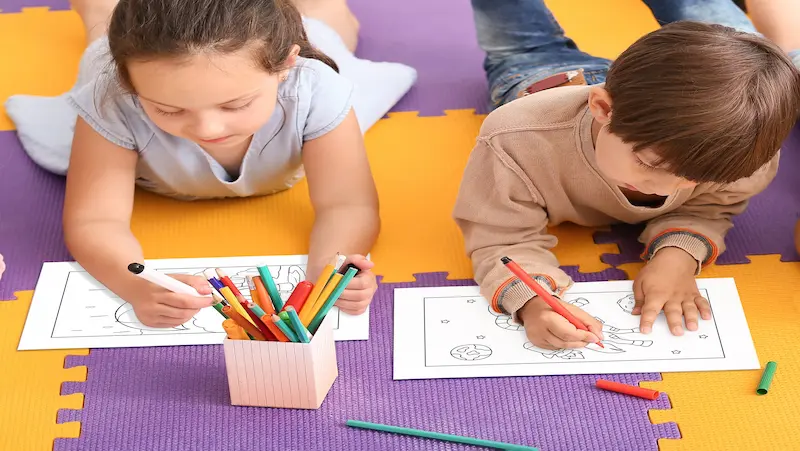
When selecting a suitable area for your child’s art space, consider factors such as accessibility, lighting, and minimizing distractions. Choose a well-lit area near natural light sources to showcase the vibrant colors of their creations. Additionally, ensure the space is easily accessible for your child, allowing them to independently engage in artistic activities. Minimize distractions by selecting a quiet corner of your home away from high-traffic areas.
Essential Art Supplies
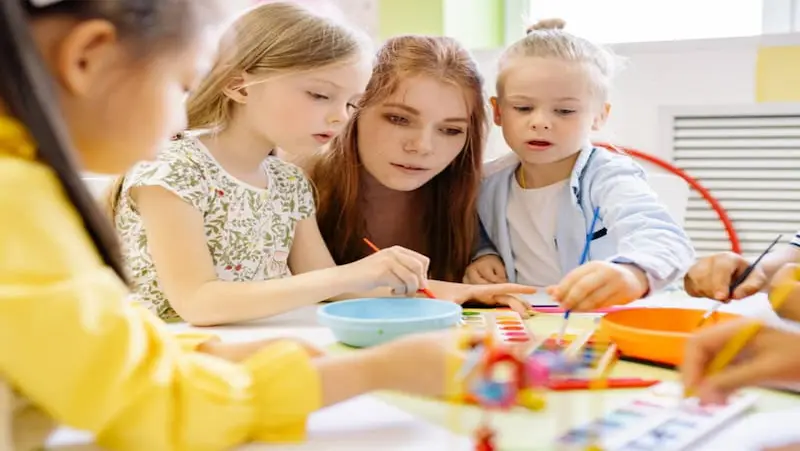
To set up a creative corner, you’ll need a range of art supplies. These include age-appropriate materials and tools that cater to various artistic fun activities for kids. Essential supplies may include colored pencils, washable markers, watercolor paints, brushes, crayons, construction paper, scissors, glue, and sketchbooks. Consider your child’s age and interests when choosing art supplies to foster their artistic growth.
Organizing and Storing Art Supplies
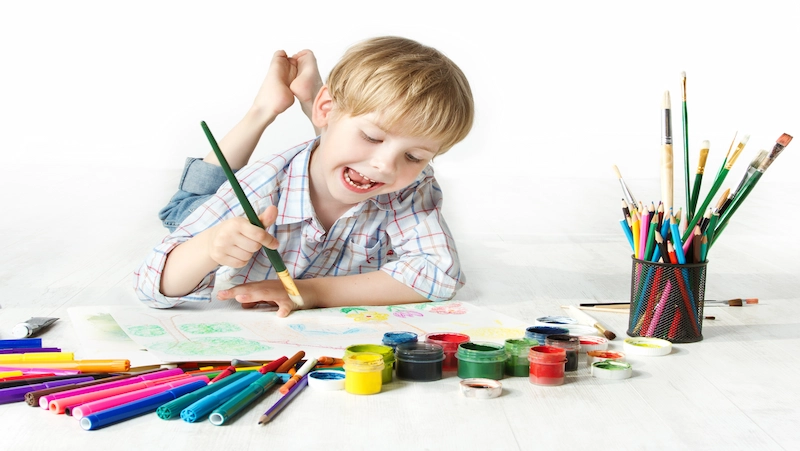
Effective organization and storage of art supplies are essential for maintaining a tidy and functional art space. Utilize storage solutions such as labeled containers, bins, shelves, or art caddies to keep supplies easily accessible and neatly organized. Teach your child to clean up after each art session, instilling good habits and a sense of responsibility.
Creating a Child-Friendly Workspace
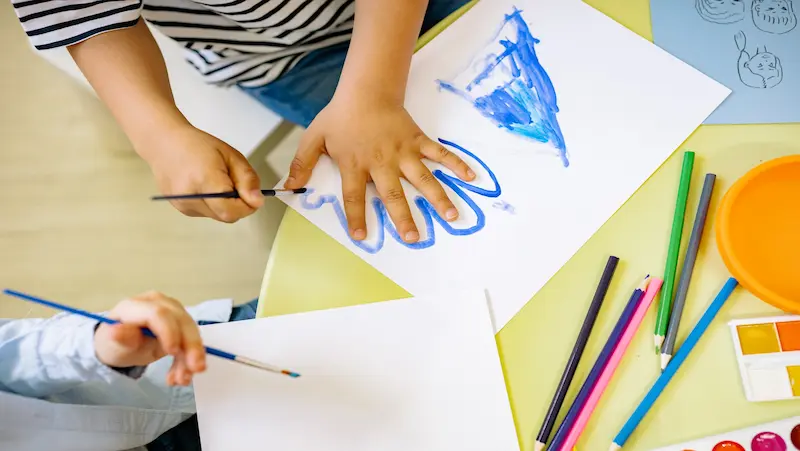
A comfortable and ergonomic workspace is crucial for your child’s posture and overall comfort during artistic endeavors. Provide a proper seating arrangement with a chair that offers support and is the right size for your child. Consider an adjustable table or easel to accommodate their height and promote good posture. A comfortable workspace enables your child to focus on their creativity without discomfort.
Incorporating Inspirational Decor
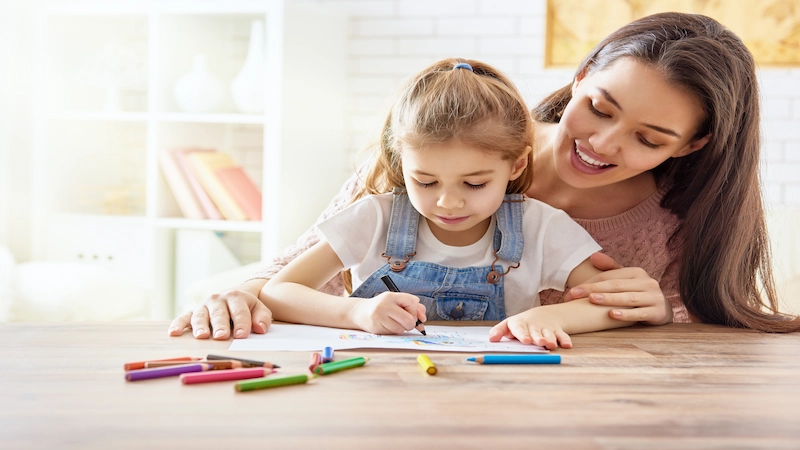
Transform the art space into an inspiring haven by incorporating elements that ignite your child’s imagination. Display their artwork proudly, giving them a sense of accomplishment and motivating them to create more. Hang colorful visuals, inspirational quotes, and artwork by famous artists to stimulate their creativity and appreciation for art for kids.
Safety Considerations

When setting up an art space for kids, safety is paramount. Ensure you use child-friendly art supplies that are non-toxic and washable. Keep hazardous materials out of reach and provide proper ventilation to minimize exposure to fumes. Educate your child about safe practices, such as using art projects for kids materials as intended and washing hands after each session.
Encouraging Creative Exploration
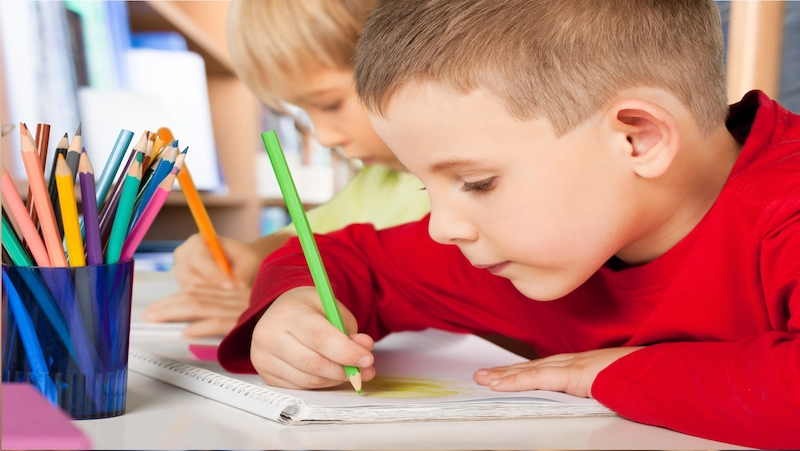
Encourage your child to explore different art mediums and techniques to expand their creative horizons. Provide open-ended art prompts, challenges, and opportunities for experimentation. Support their curiosity by introducing them to various artistic styles and artists. Celebrate their unique artistic journey, focusing on the process rather than the end result.
Making Art a Regular Habit
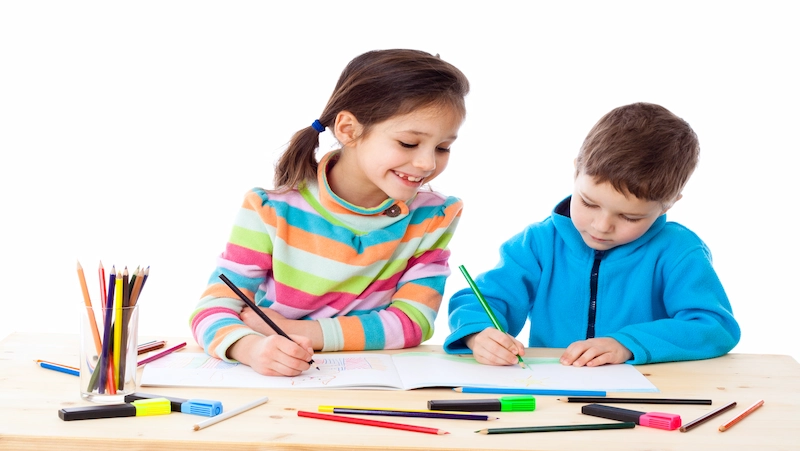
To cultivate a lifelong love for art, make it a consistent part of your child’s routine. Schedule regular art sessions where they can freely create without time constraints. Incorporate art into daily Fun & educational activities for kids, such as drawing during playtime or creating art-inspired crafts. By making art a habit, you allow your child’s creativity to flourish.
Maintenance and Cleanup
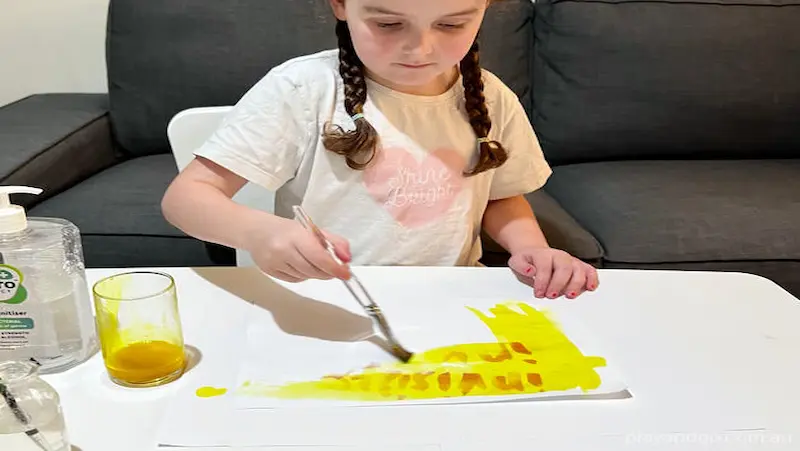
Maintaining an organized art space is essential for an enjoyable experience. Involve your child in cleaning up after each art session, teaching them the importance of tidiness and responsibility. Assign specific places for art supplies and encourage your child to return items to their designated spots. This instills a sense of order and makes future art sessions more seamless.
Conclusion
Creating an art space for kids is an investment in their overall growth and well-being. By providing a dedicated space for self-expression and creativity, you nurture their imagination, develop their skills, and foster their emotional well-being.
Remember to choose a suitable location, gather essential art supplies, organize the space effectively, and prioritize safety. Encourage your child to explore, experiment, and express themselves freely. By doing so, you provide them with an artistic sanctuary where they can truly thrive. So, let’s embark on this colorful journey together and watch your child’s imagination unfold!
Creating a perfect art space for kids is essential to nurture their creativity and imagination. While setting up the creative corner, consider incorporating outdoor activities for kids beyond art, such as introducing them to coding for kids and exploring the fascinating world of robotics for kids. These enriching experiences can open up new avenues of learning and growth for your little ones.
Discover the world of endless possibilities with BrightChamps! Our pioneering edutech platform offers a dynamic blend of robotic adventures, financial wisdom, and coding creativity for kids.
Frequently Asked Questions
The suitable age range for an art space for kids is typically between 3 and 12 years old.
You’ll need a space of at least 4-6 square feet to set up a basic art corner.
Essential art supplies for the art space include paper, crayons, markers, colored pencils, scissors, glue, and paint.
To organize art supplies effectively, use containers, bins, or shelves to categorize and store them based on type and accessibility.
Ensure the art space is safe by using non-toxic art supplies, child-friendly tools, and supervision for younger children.
Encourage regular use of the art space by setting a consistent schedule, praising their creations, and participating in art activities together.
Provide guidance when needed but also let your child explore art independently to foster their creativity and problem-solving skills.
Choose age-appropriate art activities by considering their developmental stage, motor skills, and interests. Start with simple projects and gradually increase complexity.
Incorporate art into your child’s daily routine by dedicating a specific time for art, displaying their artwork, and integrating art-related books or games.
If you have limited resources or a tight budget, consider repurposing household items, visiting thrift stores, or utilizing free online art tutorials to set up an art space.

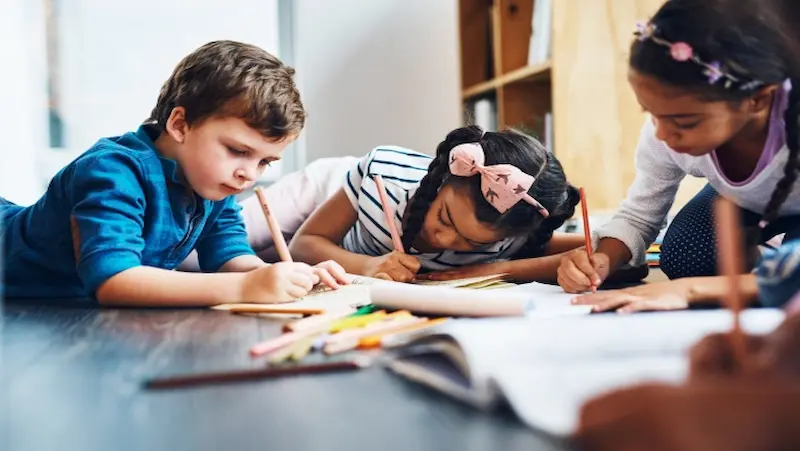
 We are an army of educators and passionate learners from BrightChamps family, committed to providing free learning resources to kids, parents & students.
We are an army of educators and passionate learners from BrightChamps family, committed to providing free learning resources to kids, parents & students.













